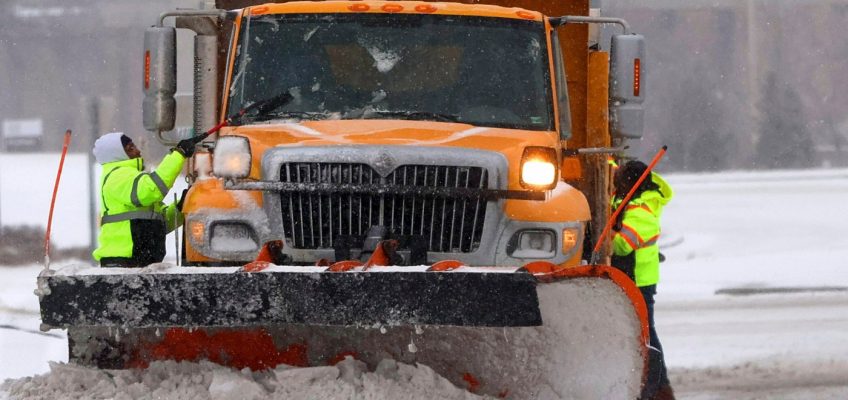SAN FRANCISCO (AP) — OpenAI said Tuesday it has picked Slack CEO Denise Dresser as its first chief of revenue, a message to wary investors that the ChatGPT maker is serious about making a profit from its artificial intelligence technology.
Related Articles
Cracker Barrel lowers revenue forecast as traffic falls after logo blowup
Google facing a new antitrust probe in Europe over content it uses for AI
US job openings barely budged in October, coming in just below 7.7 million
Wall Street drifts near its record high as Exxon Mobil climbs
5 Financial to-dos before the end of 2025
OpenAI said Dresser will oversee global revenue strategy and “help more businesses put AI to work in their day-to-day operations.”
Dresser had already spent more than a decade at Salesforce when the software pioneer announced in 2020 it was buying work-chatting service Slack for $27.7 billion. She helped integrate Slack into the software company before Salesforce CEO Marc Benioff picked her as CEO in 2023.
Salesforce said in a statement that it was “grateful for Denise’s leadership during her 14 years at Salesforce.” Rob Seaman, Slack’s chief product officer, will take over her responsibilities on an interim basis.
OpenAI CEO Sam Altman earlier this month set off a “code red” alert in an internal email to employees to improve its flagship product, ChatGPT, and delay other product developments.
OpenAI first released ChatGPT just over three years ago, sparking global fascination and a commercial boom in generative AI technology and giving the San Francisco-based startup an early lead. But the company faces increased competition with rivals, including Google, which last month unleashed Gemini 3, the latest version of its own AI assistant.
Altman has said ChatGPT now has more than 800 million weekly users. But the company, valued at $500 billion, doesn’t make a profit and has committed more than $1 trillion in financial obligations to the cloud computing providers and chipmakers it relies on to power its AI systems.
The risk that OpenAI won’t make enough money to fulfill the expectations of backers like Oracle and Nvidia has amplified investor concerns about an AI bubble.
OpenAI makes revenue from premium subscriptions to ChatGPT, but most users get the free version. OpenAI introduced its own web browser, Atlas, in October, an attempt to compete with Google’s Chrome as more internet users rely on AI to answer their questions. But OpenAI hasn’t yet tried to sell ads on ChatGPT, which is how Google makes money from its dominant search business.




